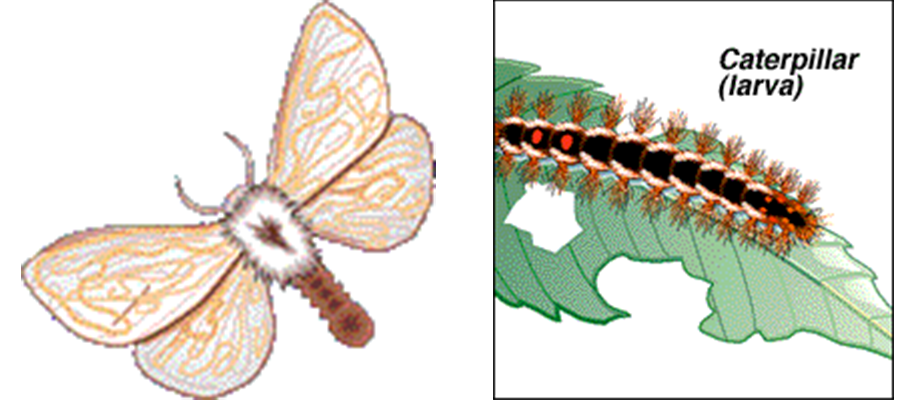Casco Bay, located along the southern coast of Maine, is home to Portland and an archipelago of rugged islands with rocky outcroppings once known as the Calendar Islands. They where called the Calendar Islands because there was seemingly an island for everyday of the year. However, there are actually only 222 located within the boundaries of this surprisingly beautiful and unspoiled area of the Maine coast. Even though this is home for a small metropolis, a busy shipping port and an international airport, it is a superb area to explore by kayak. If you are looking for a place to camp, the state owned Islands of Crow, Jewell and Little Chebeague offer areas where you can pitch your tent in a pristine surrounding.
Not only is Casco Bay a great place to spend the day or weekend exploring, but the waters are also filled with history. During World War 2, Portland Harbor was rated the most important port in the continental US because of its proximity to Europe. It had become a port for ships traveling to and from the frontline in Europe to refuel and pick up supplies. To defend those ships, the harbor was fortified with artillery bunkers which can still be found on many of the islands. It is also believed that German U-Boats frequented the area and explorer Greg Brook believes he may have found one that sunk in 175 feet of water, just off from Small Point. Below is a short list of a few more points of interest that can be found in the Casco Bay area:
Fort Gorges/Hog Island Ledge- Work on the fort began in 1858 and was completed in 1865. It is named in honor of Sir Ferninando Gorges
Fort Scammel on House Island- Built in 1808; it guarded the entrance to Portland Harbor.
Fort Allen- An earthwork fort built by the militia during the war of 1812; it is now a park.
Fort McKinley- Named after President McKinley; it was built at the turn of the century to defend the harbor.
Portland Head Light- One of the oldest in the nation; it was authorized by George Washington in 1788 and completed in 1791.
Bug Light- This is tiny lighthouse and it once worked at the end of a long breakwater.
Spring Point Light- Built in 1907
Whitehead passage and cliffs- This is the highest point in Casco Bay. The cliffs form the outline of a mans face, similar to New Hampshire's Old Man.
Eagle Island- This was home to Admiral Robert Perry, the first explorer to reach the North Pole. It was donated to the State of Maine in 1955 and is now a historic site.
It is important to note that between May and July some of the islands throughout the bay are home to an uninvited guest; the Brown Tail Moth Caterpillar. It is believed that they stowed away aboard a ship that originated in the Great Britain area and have found the Casco Bay area to be very much to their liking. They build their nest in a similar way the tent caterpillar does. However, they build it on the tips of the branches instead of in the forks of the branches. The microscopic hairs of this creature have a poison associated with them and people that come contact with these caterpillars can have reactions ranging from a mild skin rash to severe respiratory problems. These hairs can become airborne, causing the same skin and respiratory reaction as if you had come into direct contact with them. These little nuisances not only cause discomfort to people, they can cause heavy defoliation of the deciduous trees. Since 1989 the infestation has spread to over 40 islands and now can be found from Portland, northward into Brunswick and as far east as Small Point. They like cool, moist areas. If you are spending the night on one of Casco's many islands, it is recommended that you do not hang wet clothes or wet suits on tree branches to dry. You may find some little surprises in your clothing when you awake the next morning.

Above Left: Adult Brown Tailed Moth Above Right: Brown Tail Moth Caterpillar